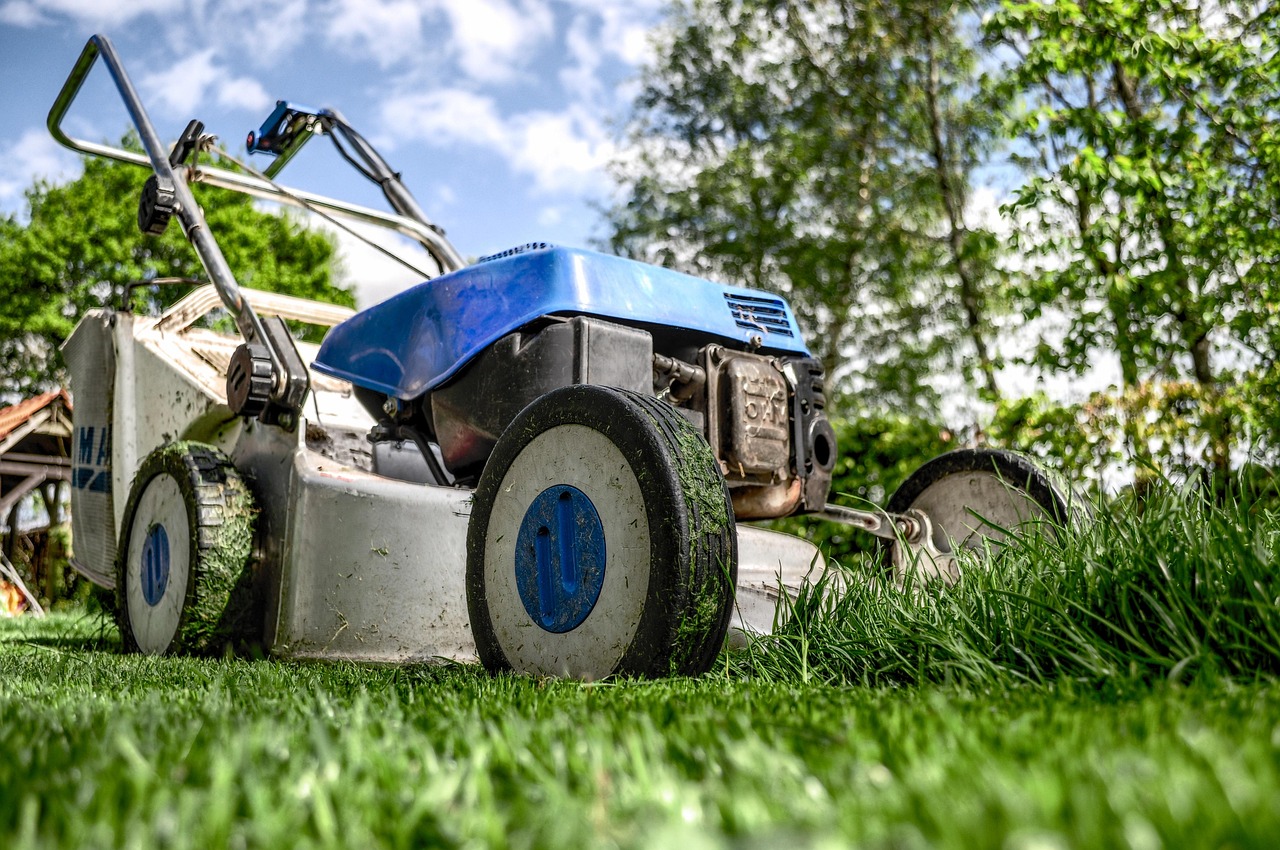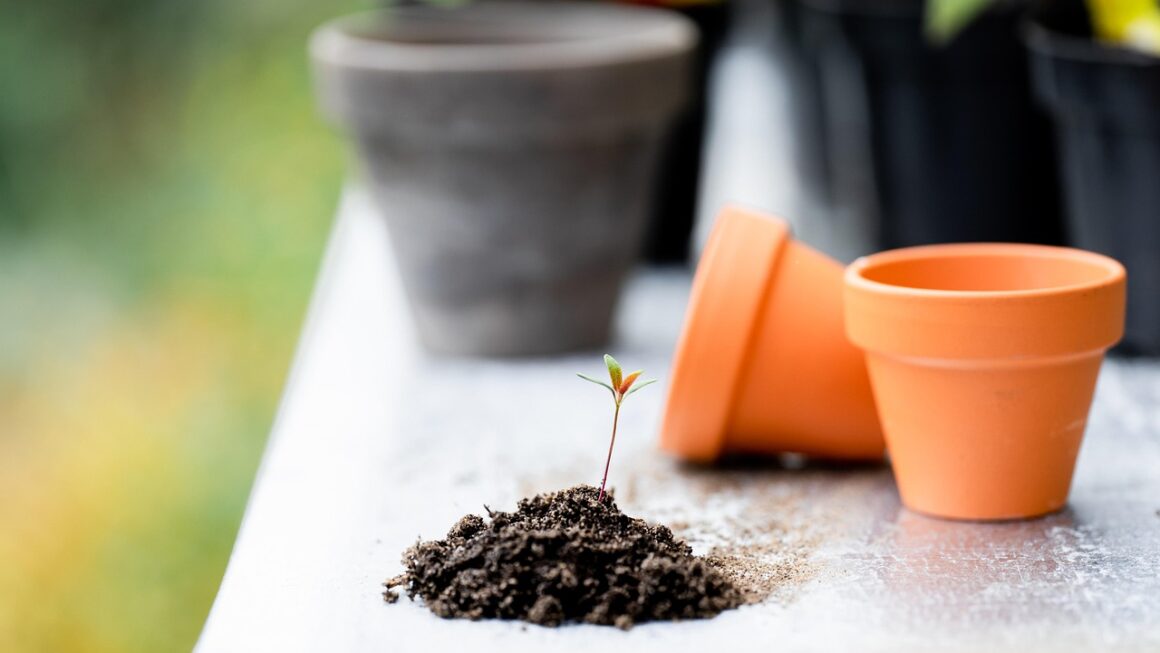Imagine biting into a sun-ripened tomato, bursting with flavor, knowing it was grown with your own hands, free from harmful chemicals and pesticides. That’s the beauty of organic gardening. It’s not just about growing food; it’s about nurturing a healthy ecosystem in your backyard, promoting biodiversity, and creating a sustainable source of fresh produce for you and your family. Ready to ditch the chemicals and embrace the natural way? Let’s dive into the world of organic gardening.
Understanding Organic Gardening Principles
Organic gardening is more than just avoiding synthetic pesticides and fertilizers. It’s a holistic approach that focuses on building healthy soil, promoting biodiversity, and working with nature rather than against it. It’s about creating a resilient garden ecosystem that can thrive naturally.
What Does “Organic” Really Mean?
While there isn’t a single, universally agreed-upon definition for “organic gardening,” the core principles remain the same:
- Avoiding synthetic pesticides, herbicides, and fertilizers.
- Using natural methods for pest and disease control.
- Building healthy soil through composting and other organic amendments.
- Conserving water and energy.
- Promoting biodiversity by attracting beneficial insects and pollinators.
- Focusing on long-term sustainability.
In the US, the term “certified organic” is regulated by the USDA. While you don’t need to be certified to practice organic gardening at home, understanding the certification standards can give you a good baseline for best practices.
The Benefits of Going Organic
Choosing organic methods offers a multitude of advantages:
- Healthier Produce: Reduced exposure to harmful chemicals means healthier food for you and your family. Studies have shown that organically grown produce can have higher levels of certain nutrients.
- Environmental Sustainability: Organic practices promote soil health, conserve water, and reduce pollution.
- Improved Soil Health: Building healthy soil creates a thriving ecosystem for plants, improving their ability to absorb nutrients and resist disease.
- Biodiversity Boost: Encouraging beneficial insects and pollinators creates a more balanced and resilient garden ecosystem.
- Cost Savings: Over time, organic methods can reduce your reliance on expensive synthetic inputs.
Preparing Your Organic Garden
Laying the foundation for a successful organic garden involves careful planning and preparation. This includes choosing the right location, understanding your soil, and amending it appropriately.
Site Selection: Location, Location, Location!
The amount of sunlight your garden receives is crucial for plant growth. Most vegetables need at least 6-8 hours of direct sunlight per day.
- Observe your yard throughout the day: Note the areas that receive the most sunlight.
- Consider shade from trees or buildings: Account for seasonal changes in sunlight patterns.
- Ensure good drainage: Avoid areas where water tends to pool after rain.
If your yard doesn’t have ideal conditions, consider raised beds or container gardening, which offer more control over soil and sunlight.
Understanding Your Soil
Soil is the foundation of a healthy garden. Getting to know your soil type and its nutrient content is essential for choosing the right plants and amendments.
- Soil Test: Conduct a soil test to determine the pH level and nutrient content. You can purchase a home testing kit or send a sample to a local agricultural extension office.
- Soil Texture: Determine the texture of your soil (sandy, silty, or clay). Sandy soil drains quickly and needs more organic matter to retain moisture. Clay soil retains moisture well but can be compacted. Silty soil is somewhere in between.
- Improving Soil Structure: Add organic matter, such as compost, aged manure, or cover crops, to improve soil structure, drainage, and fertility.
* Example: Amending clay soil with compost helps to break it up and improve drainage, while adding compost to sandy soil helps it retain moisture.
Composting: Black Gold for Your Garden
Composting is the process of decomposing organic matter into a nutrient-rich soil amendment. It’s an essential practice for organic gardeners.
- Start a compost pile or bin: Combine “green” materials (grass clippings, vegetable scraps) with “brown” materials (leaves, shredded paper).
- Maintain a proper moisture level: The compost should be moist like a wrung-out sponge.
- Turn the compost regularly: This helps to aerate the pile and speed up the decomposition process.
- Use finished compost to amend your garden soil: Incorporate compost into planting beds before planting or use it as a top dressing around existing plants.
Organic Pest and Disease Control
Avoiding synthetic pesticides is a cornerstone of organic gardening. Instead, focus on preventative measures and natural pest control methods.
Prevention is Key
The best defense against pests and diseases is a healthy garden ecosystem.
- Choose disease-resistant varieties: Select plants that are known to be resistant to common diseases in your area.
- Practice crop rotation: Rotate crops each year to prevent the buildup of pests and diseases in the soil.
- Maintain good air circulation: Space plants adequately to allow for good air circulation, which helps prevent fungal diseases.
- Water properly: Avoid overwatering, which can create conditions favorable for fungal diseases. Water at the base of the plants to avoid wetting the foliage.
Natural Pest Control Methods
When pests do appear, there are several natural methods you can use to control them:
- Handpicking: Remove pests by hand and dispose of them properly.
- Beneficial insects: Attract beneficial insects like ladybugs, lacewings, and parasitic wasps, which prey on common garden pests. Plant flowers like dill, fennel, and yarrow to attract these beneficial insects.
- Insecticidal soap: Use insecticidal soap to control soft-bodied pests like aphids and whiteflies.
- Neem oil: Neem oil is a natural insecticide, fungicide, and miticide that can be used to control a wide range of pests and diseases.
- Diatomaceous earth (DE): DE is a natural powder made from fossilized algae that can be used to control crawling insects. Be sure to use food-grade DE.
Addressing Common Garden Diseases
Organic gardening also involves naturally managing garden diseases.
- Identify the disease: Correctly identifying the disease is critical for effective treatment.
- Remove infected foliage: Promptly remove and dispose of any infected leaves or stems.
- Improve air circulation: Prune plants to improve air circulation and reduce humidity.
- Use copper fungicide: Copper fungicide is a natural fungicide that can be used to control many common fungal diseases.
- Baking Soda Spray: A simple baking soda spray (1 teaspoon baking soda per quart of water) can help control powdery mildew.
Choosing the Right Organic Fertilizers
While synthetic fertilizers are off-limits in organic gardening, there are plenty of natural options available to nourish your plants.
Understanding Plant Nutrient Needs
Different plants have different nutrient requirements. Understanding the basic needs of your plants will help you choose the right fertilizer.
- Nitrogen (N): Promotes leafy growth.
- Phosphorus (P): Promotes root development and flowering.
- Potassium (K): Promotes overall plant health and disease resistance.
The numbers on fertilizer labels (e.g., 10-10-10) represent the percentage of nitrogen, phosphorus, and potassium in the fertilizer.
Organic Fertilizer Options
There are many natural fertilizer options available to organic gardeners:
- Compost: A nutrient-rich soil amendment that provides a slow-release source of nutrients.
- Aged manure: A good source of nitrogen and other nutrients. Be sure to use aged manure to avoid burning your plants.
- Bone meal: A good source of phosphorus.
- Blood meal: A good source of nitrogen.
- Fish emulsion: A liquid fertilizer that provides a quick boost of nutrients.
- Seaweed extract: A source of micronutrients and growth hormones.
Applying Organic Fertilizers
Follow the instructions on the fertilizer label for proper application rates.
- Incorporate granular fertilizers into the soil before planting.
- Apply liquid fertilizers as a foliar spray or directly to the soil around the plants.
- Avoid over-fertilizing, which can harm your plants.
- Consider side-dressing: Add fertilizer along the sides of plant rows, especially for heavy feeders like tomatoes.
Watering and Mulching Organically
Proper watering and mulching techniques are essential for conserving water, suppressing weeds, and maintaining soil health in an organic garden.
Efficient Watering Practices
Watering deeply and infrequently encourages strong root growth and helps plants withstand drought.
- Water deeply: Water thoroughly so that the soil is moistened to a depth of at least 6 inches.
- Water infrequently: Allow the soil to dry out slightly between waterings.
- Water in the morning: This allows the foliage to dry before nightfall, reducing the risk of fungal diseases.
- Use a soaker hose or drip irrigation: These methods deliver water directly to the roots of the plants, minimizing water waste.
- Rain Barrels: Collect rainwater for irrigation.
The Benefits of Mulching
Mulch is a layer of organic material that is spread over the soil surface. It offers many benefits:
- Conserves water: Mulch helps to reduce evaporation from the soil surface.
- Suppresses weeds: Mulch blocks sunlight, preventing weed seeds from germinating.
- Regulates soil temperature: Mulch helps to keep the soil cool in the summer and warm in the winter.
- Adds nutrients to the soil: As organic mulches decompose, they release nutrients into the soil.
Organic Mulch Options
There are many different types of organic mulches to choose from:
- Straw: A good option for vegetable gardens.
- Wood chips: A good option for ornamental gardens.
- Shredded leaves: A free and readily available mulch option.
- Compost: A nutrient-rich mulch option.
- Grass clippings: Use only clippings from untreated lawns.
Conclusion
Embarking on the organic gardening journey is a rewarding experience that benefits both your health and the environment. By understanding and implementing the principles of organic gardening – from building healthy soil to embracing natural pest control methods – you can create a thriving garden that yields delicious, nutritious produce. Remember that organic gardening is a continuous learning process. Be patient, experiment, and enjoy the journey of connecting with nature and nurturing your own little ecosystem. Happy gardening!




